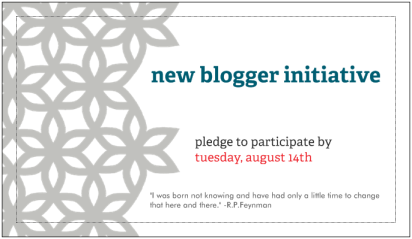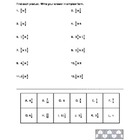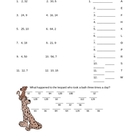Did you know?
Grading the quizzes from my algebra class today, I learned that if m>32, then the solution is "all real numbers"... Oh and if 11<6t, then there is no solution. We may have missed something in that lesson I think... maybe.
Finished Equation Sandwiches Bulletin Board
All three classes' sandwiches up with my letters. I really like this one :-)
Notebooking
My kids always check the Playlist to see if they are going to be taking notes. Most days, we take notes. This year I decided to go with a bound notebook with the foldables in the notebook instead of a foldable for each chapter like I've done in the past. I've noticed that my students seem to understand that their notebook is a reference book. I seem them referring back to something we wrote in our notes while they're doing they're bellwork and class assignments.
Here are a few of our latest entries:
 |
| Outside has the formulas |
 |
| Inside has the examples |
 |
| Outside has "key words" and graphing clues |
 |
| Inside has an example |
I really like how the graphing inequalities foldable turned out today. I had them write the four sentences on a quarter-sheet of white paper, then they cut the sentences apart. After that, we labeled the outside of the flaps, and I could already see them thinking about which sign each sentence was going to go with. When we had finished labeling the outside, we discussed which sentences went with what inequalities and glued them on the inside. Then we wrote and graphed an inequality for each sentence. I had a kid tell me "you taught that the best I've ever heard! It makes so much more sense now." Have to love moments like that :-)















